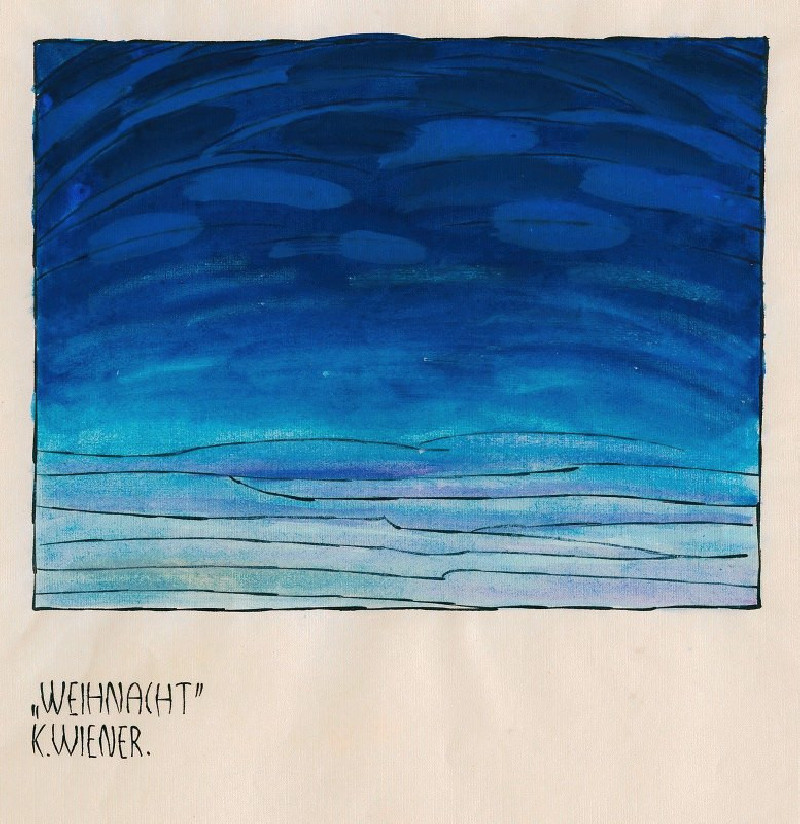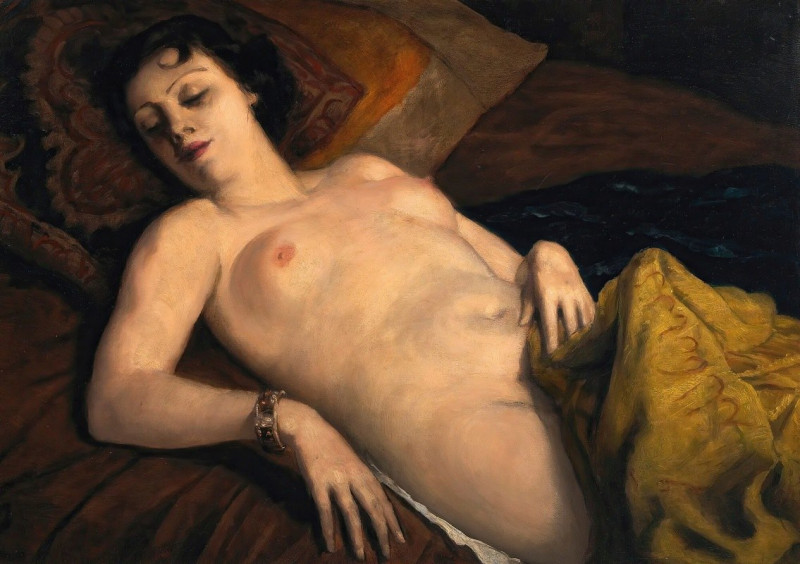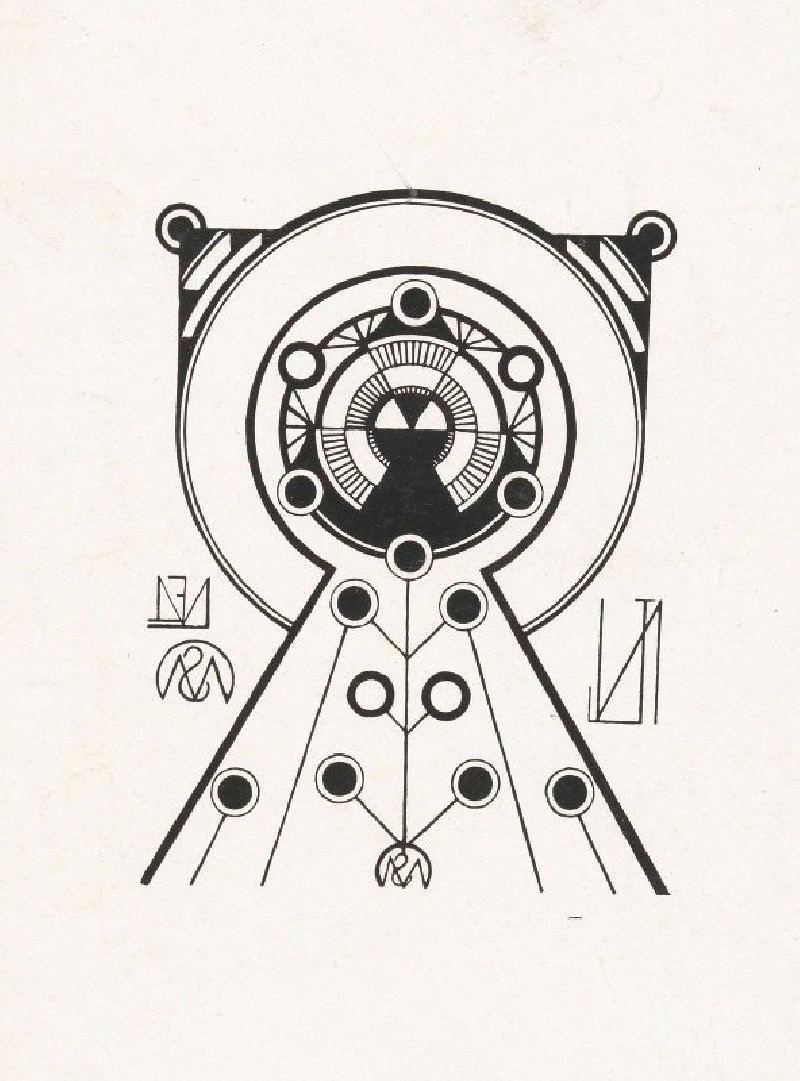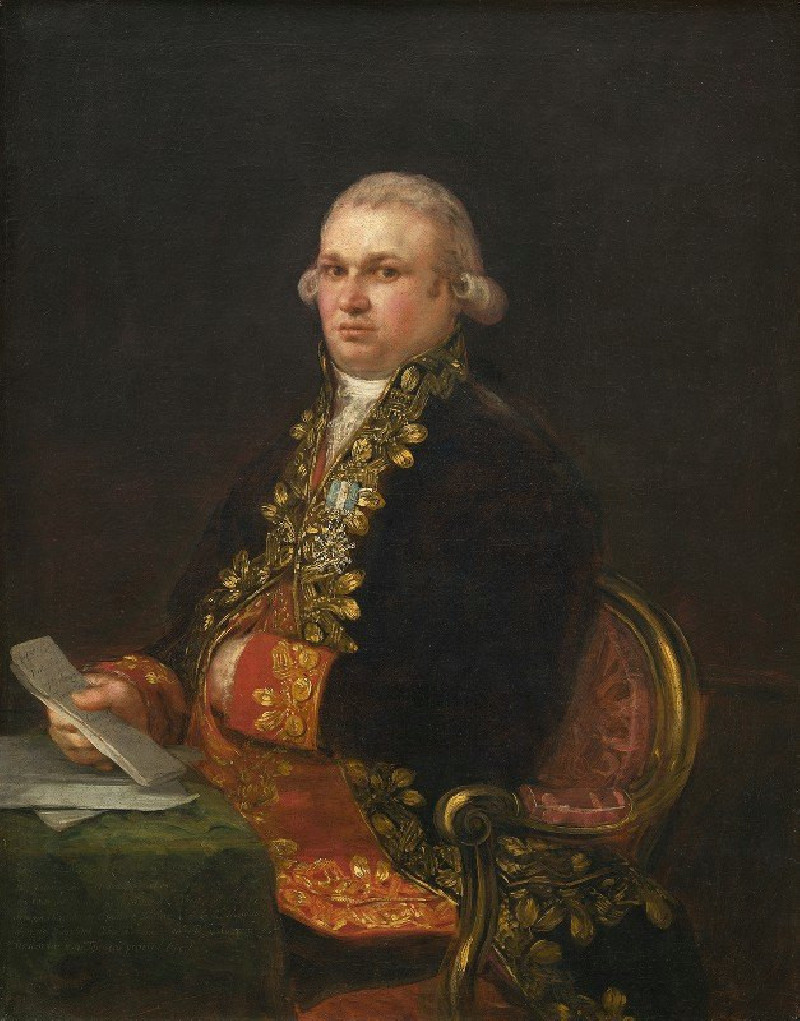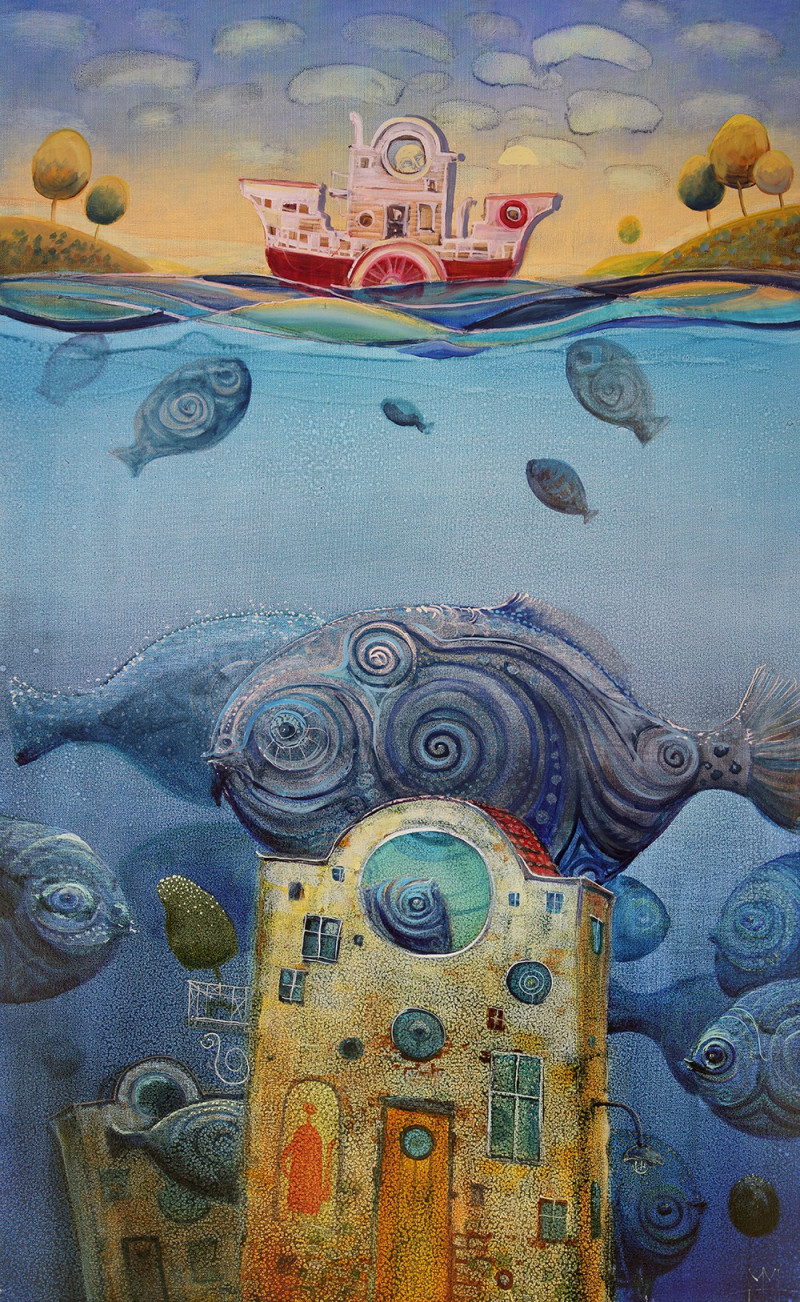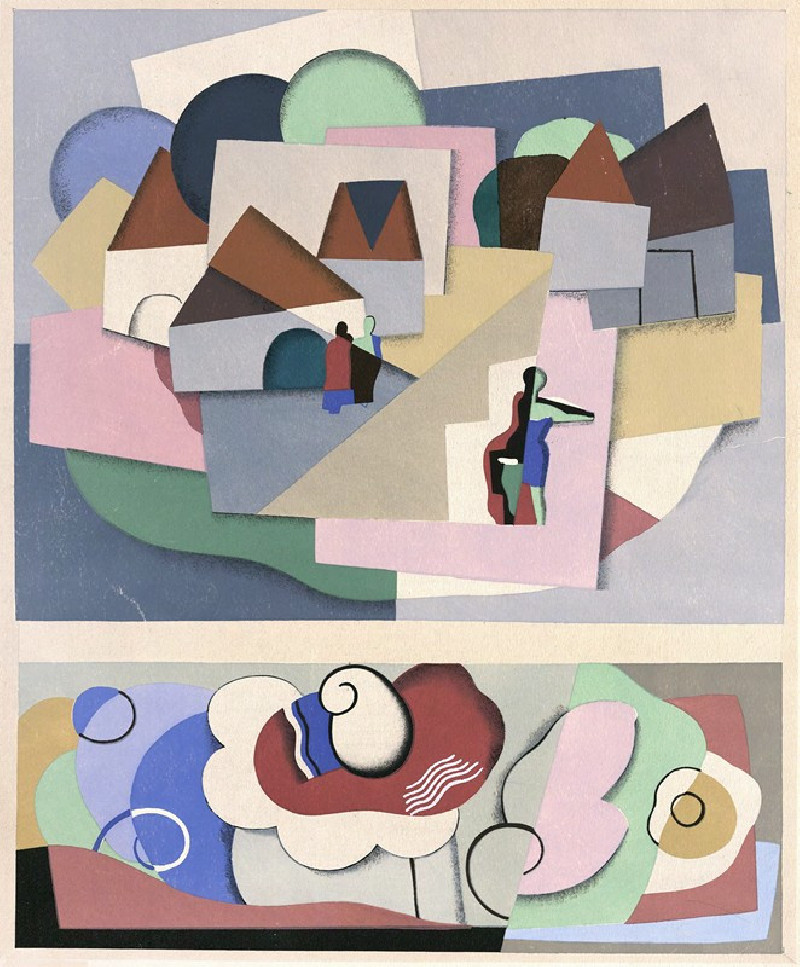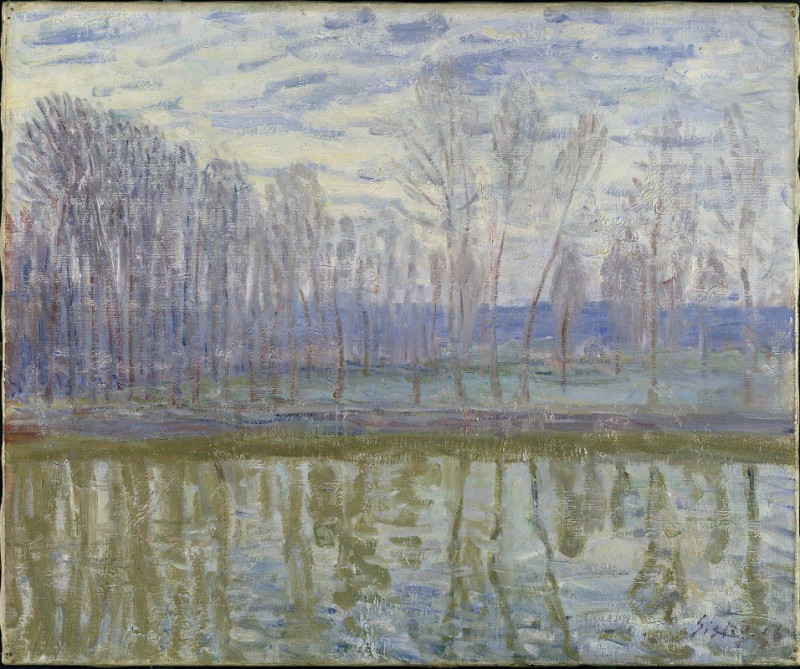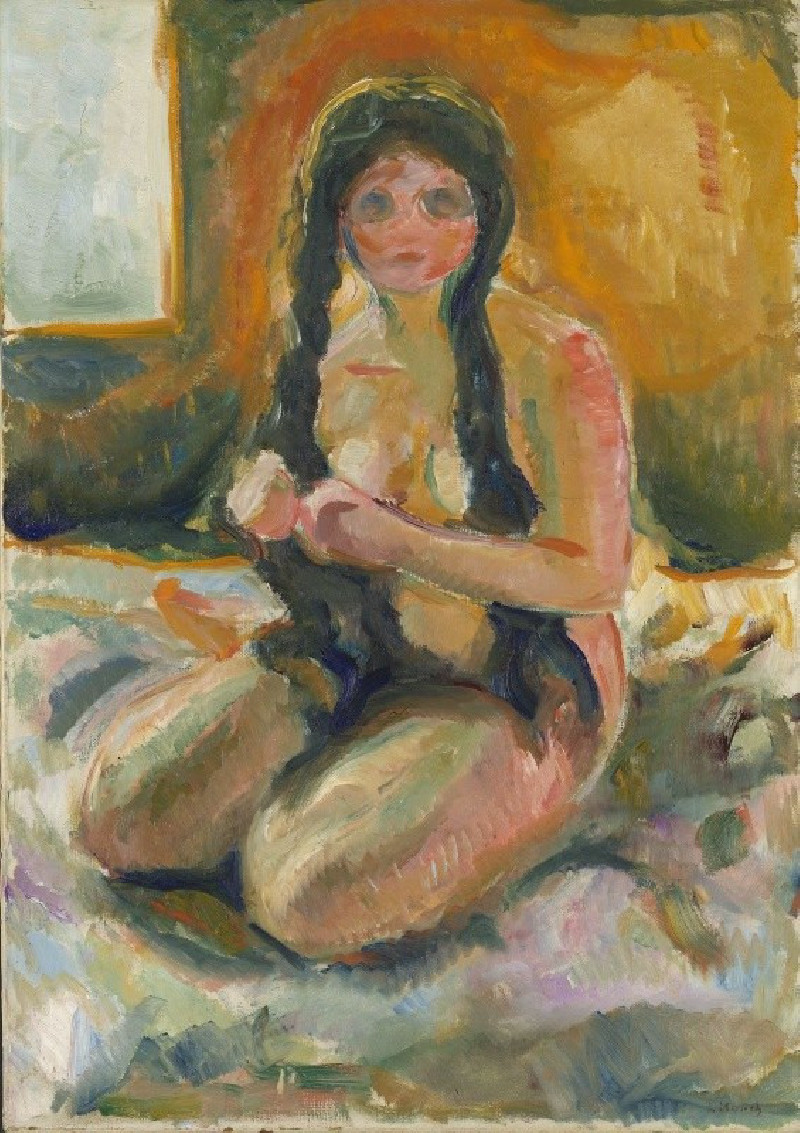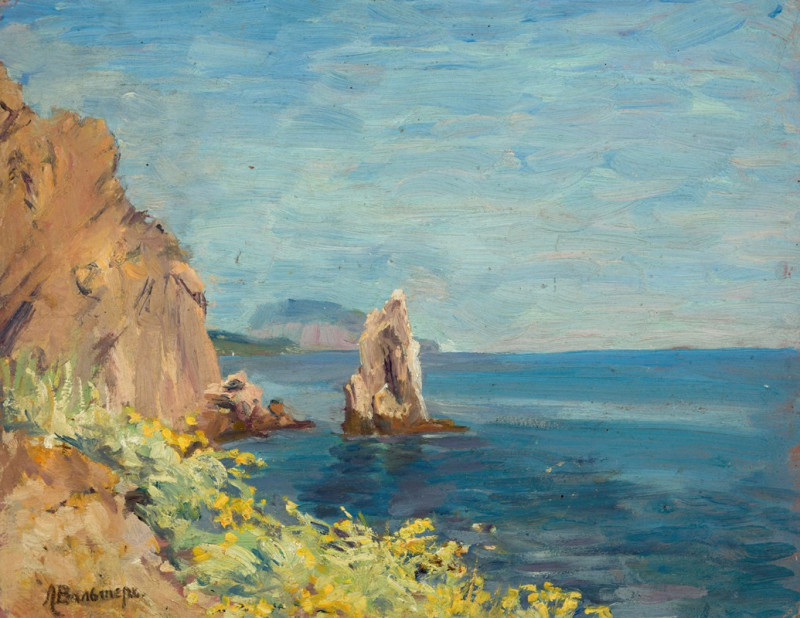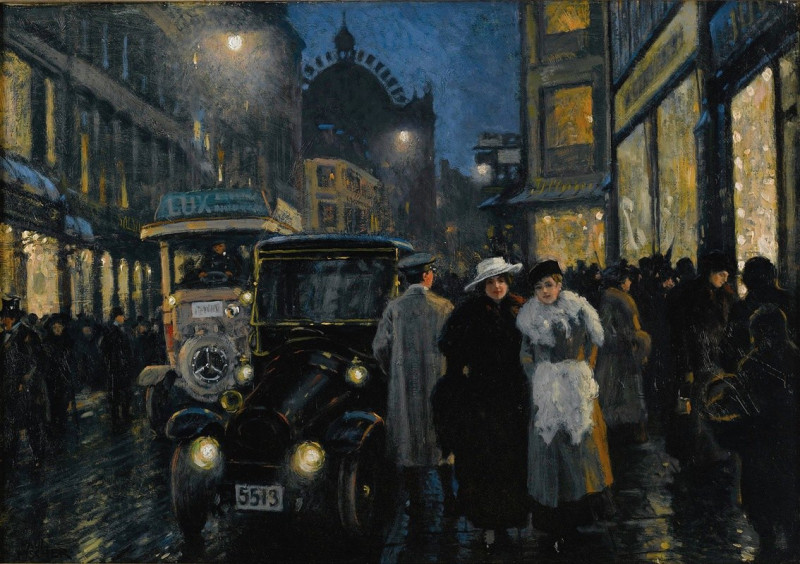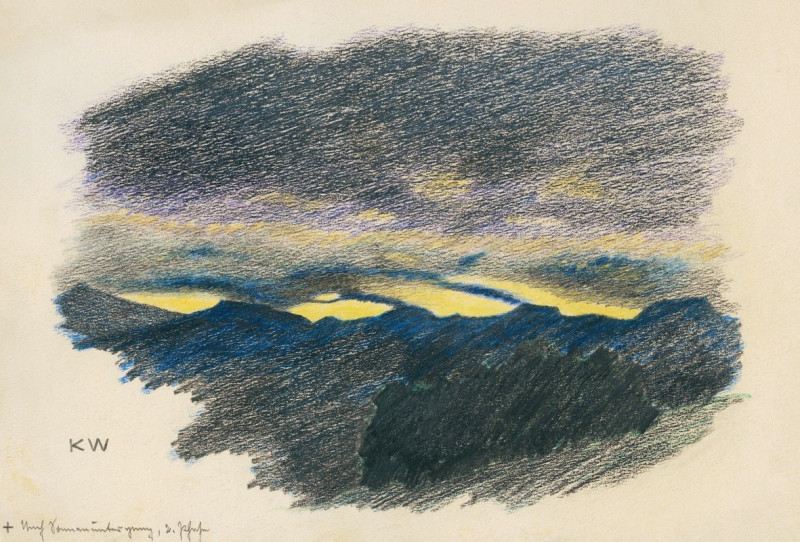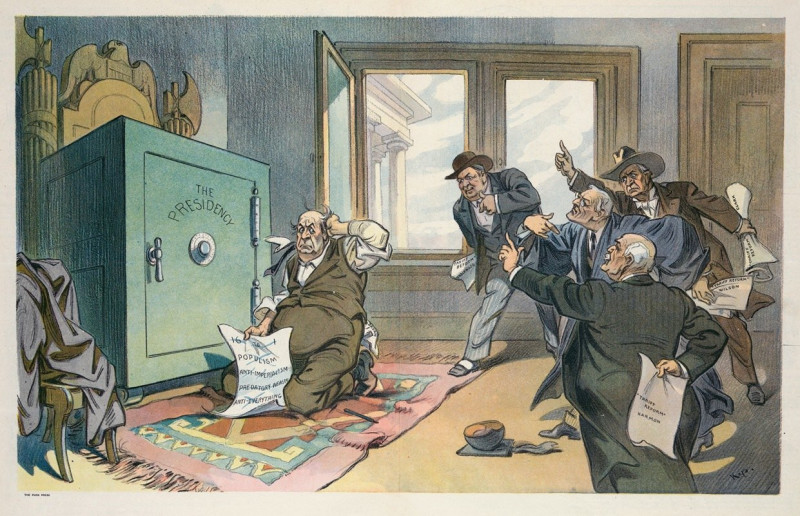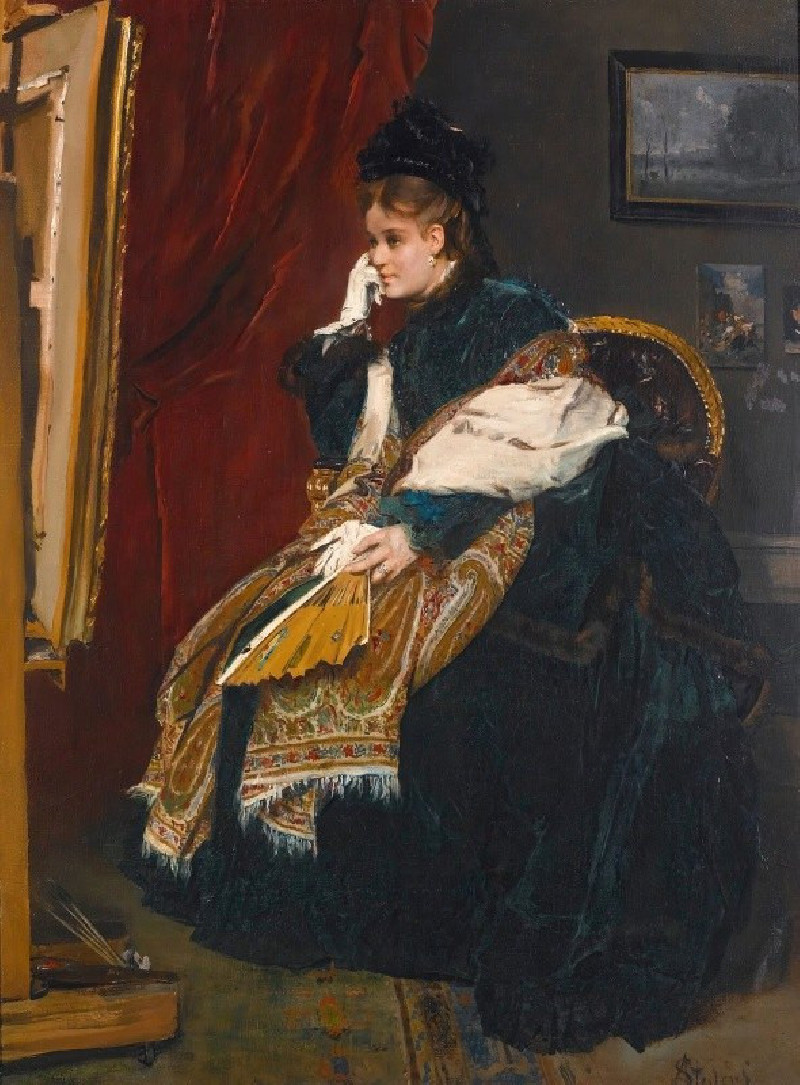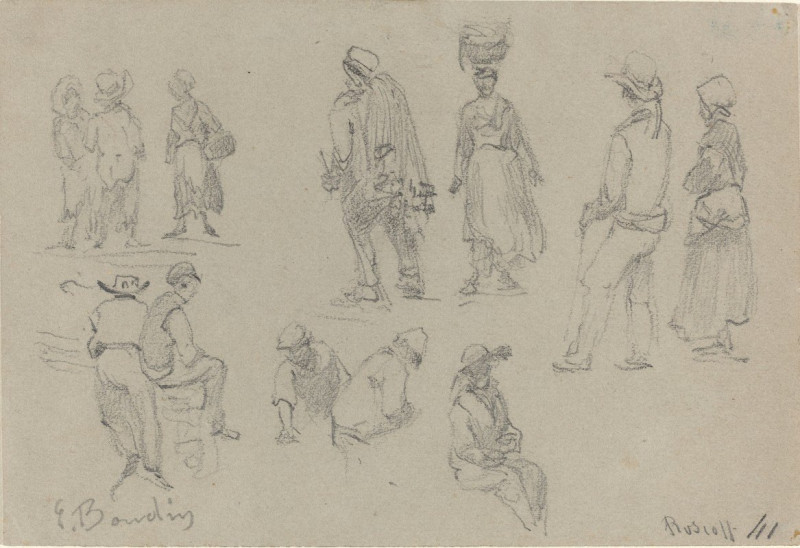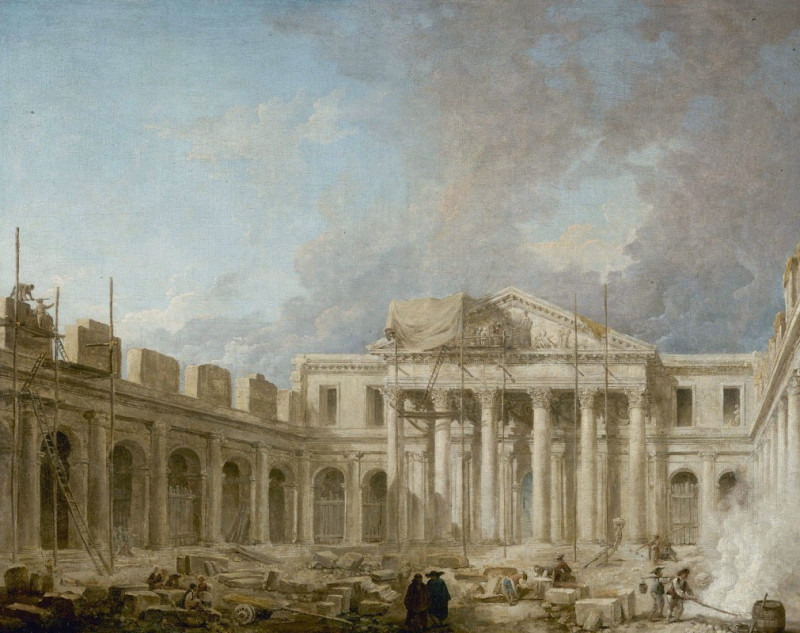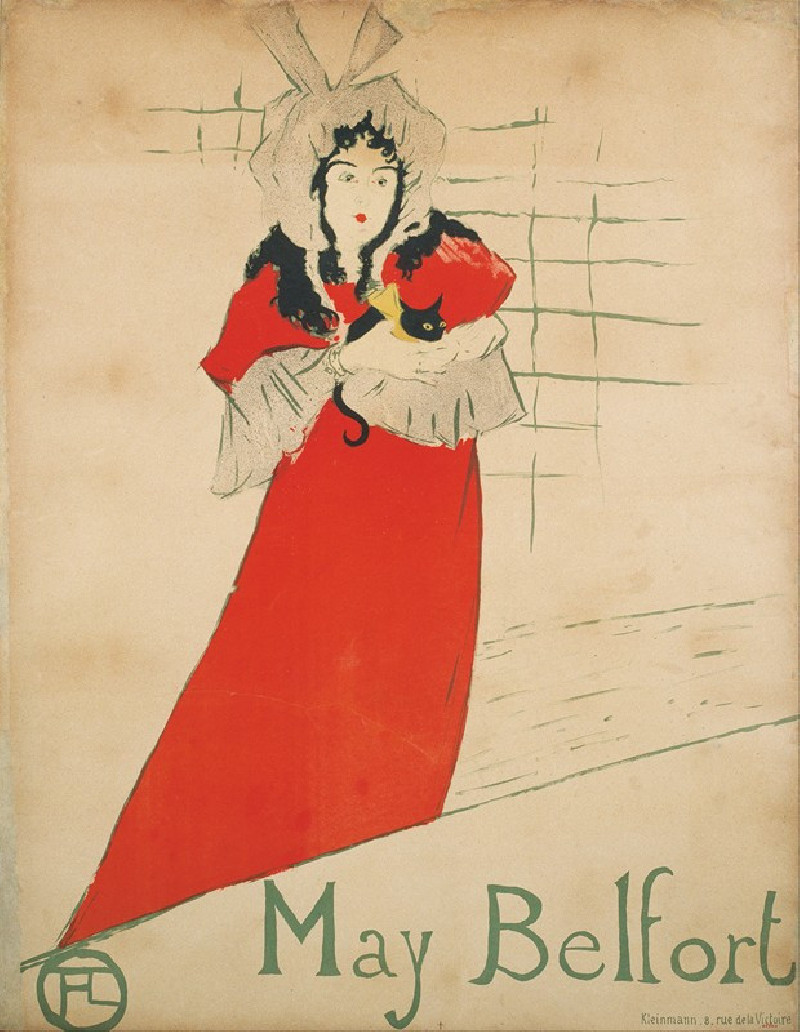Leere (around 1921)
Technique: Giclée quality print
Recommended by our customers
More about this artwork
"Leere" by Karl Wiener is a captivating artwork that embodies the serene beauty and profound tranquility of a minimalist landscape. Painted around 1921, this piece features a horizon gently divided by delicate lines, which could be interpreted as a serene ocean or a quiet, vast sky transitioning into the calm sea. The use of varying shades of deep and vivid blues enhances the essence of depth and introspection, inviting the viewer to delve into a space of meditative solitude.Karl Wiener’s approach to this piece is typical of his style, which often explores the complexity of simplicity and the emotional resonance of color. "Leere", translating to "Emptiness" in English, perfectly encapsulates a moment of peace and endless possibility, suspended in the rich hues of twilight or the mysterious depths of an ocean.This artwork is an excellent example of how minimalistic art can evoke a strong emotional response through basic elements like color and composition, making "Leere" a profound visual experience.

